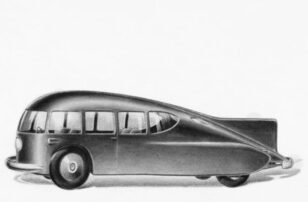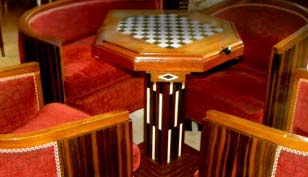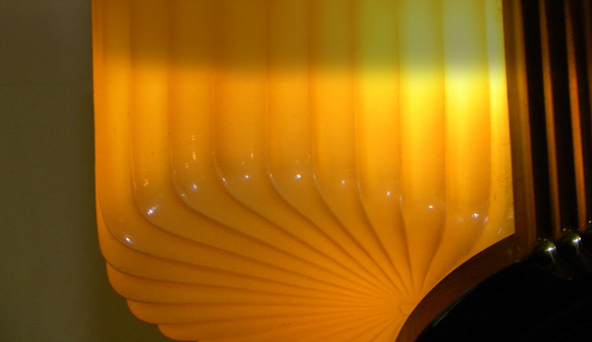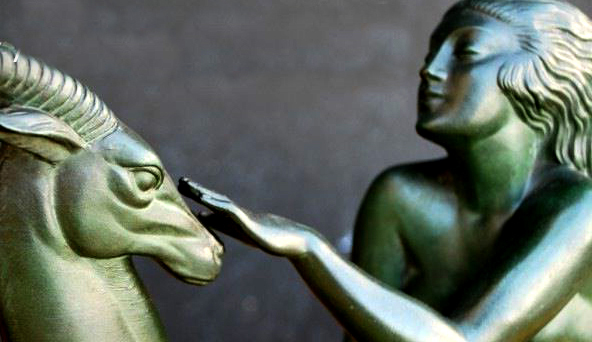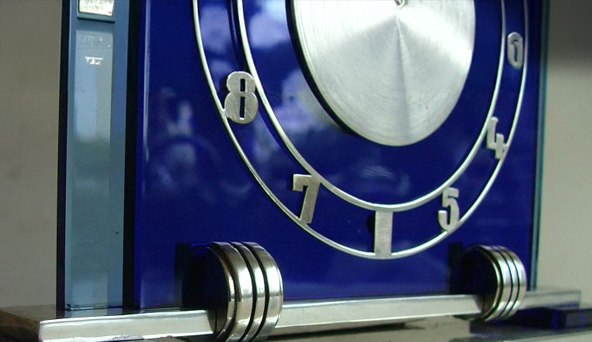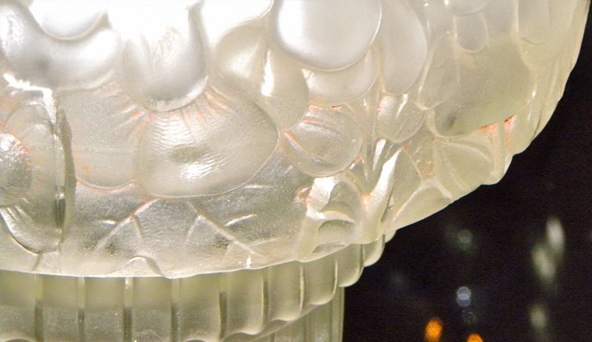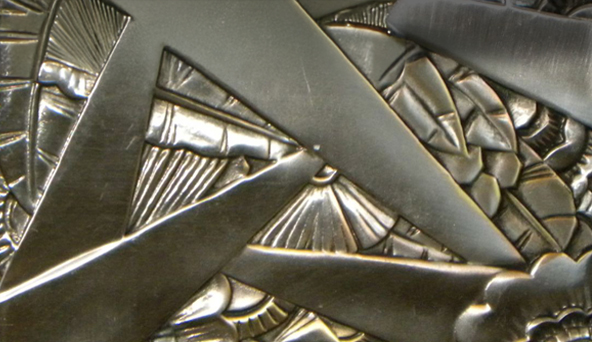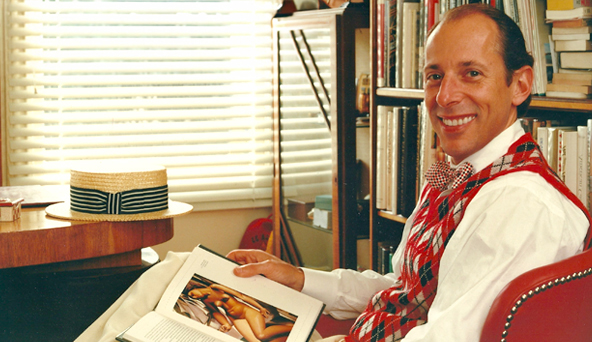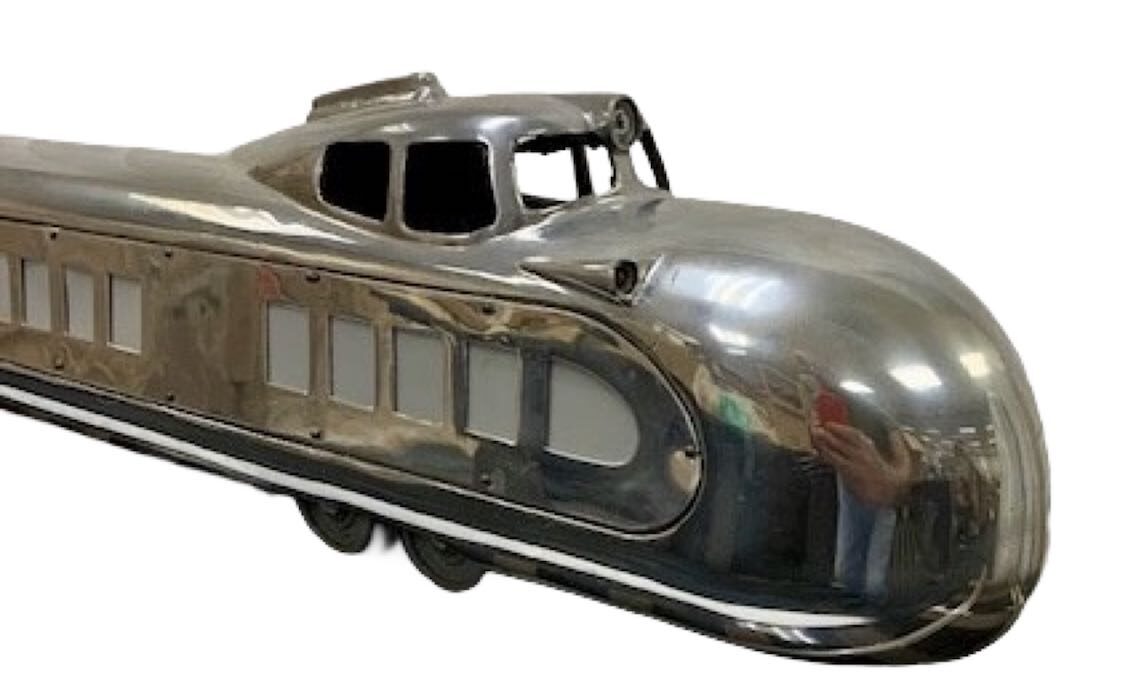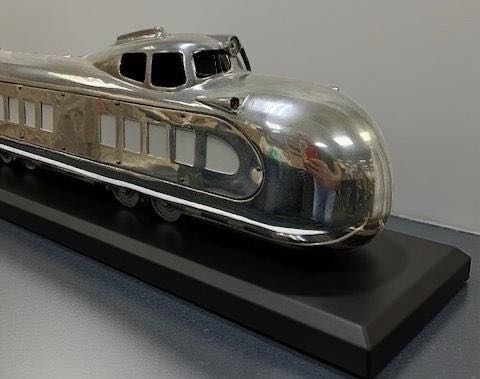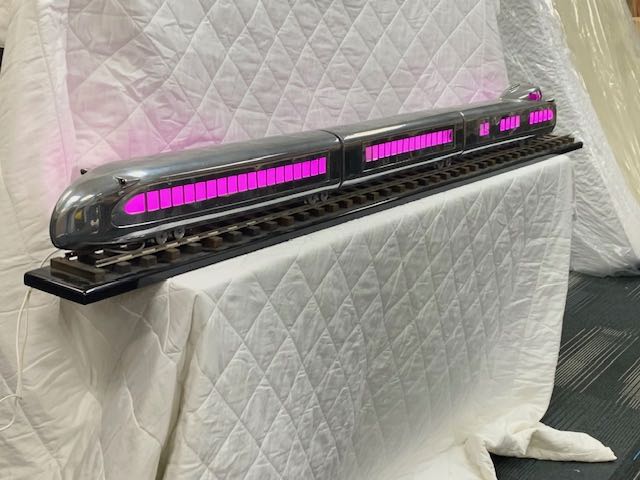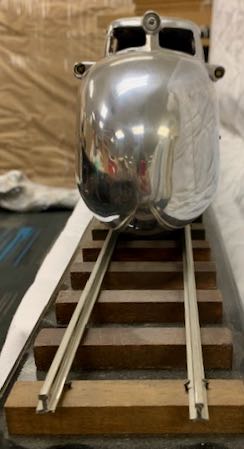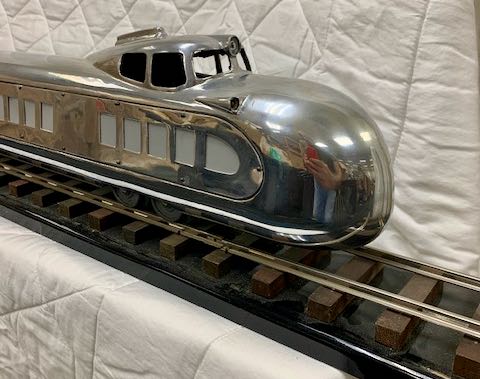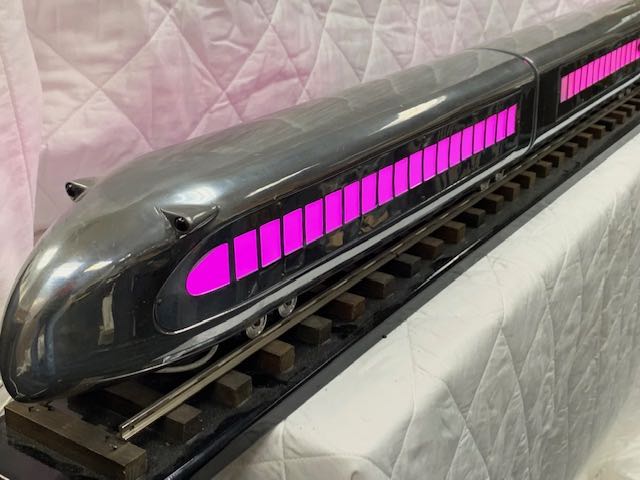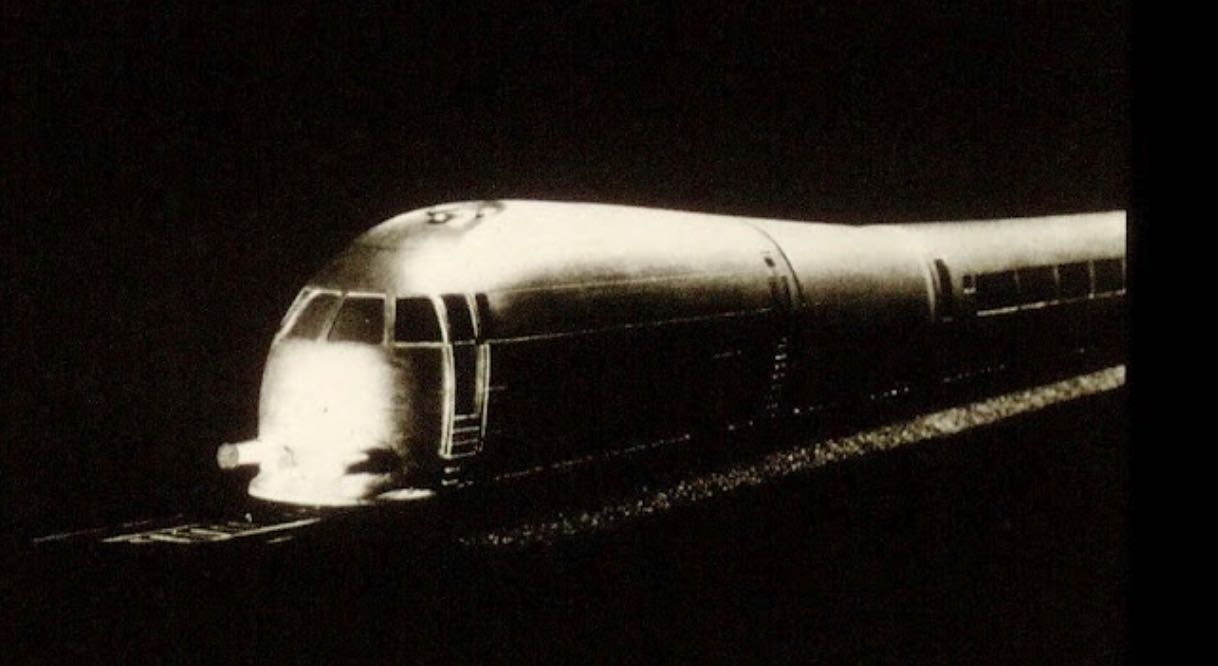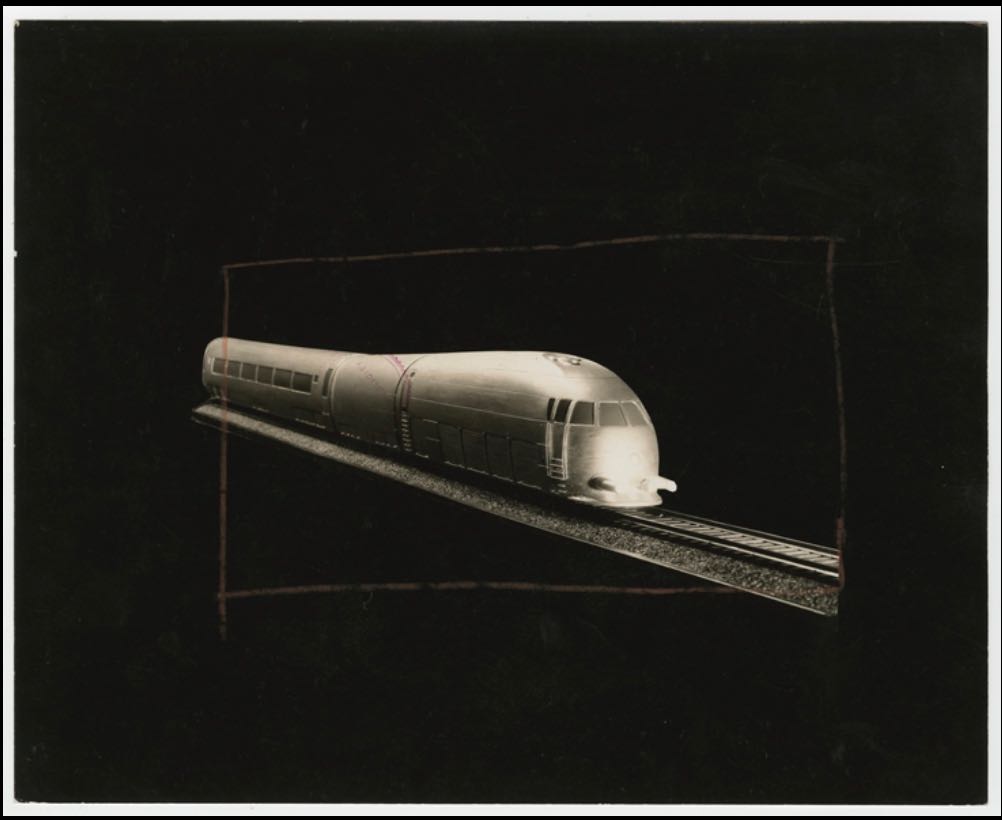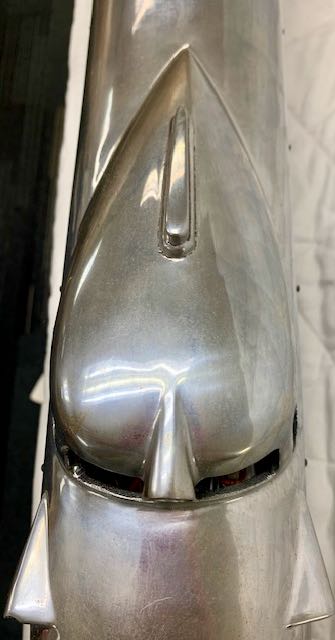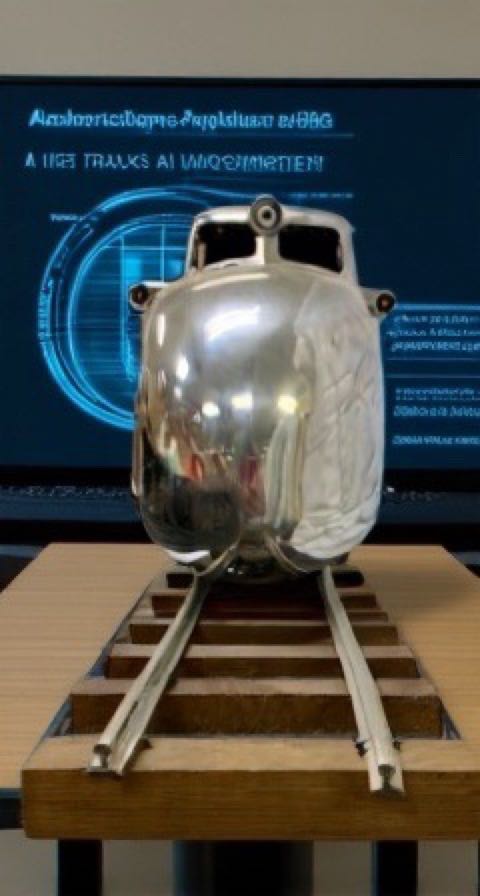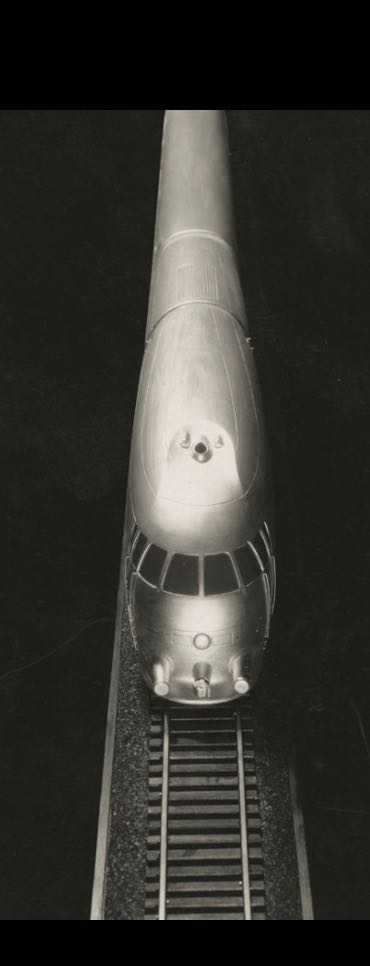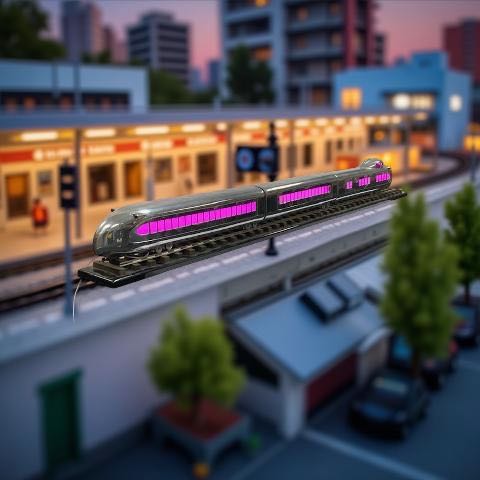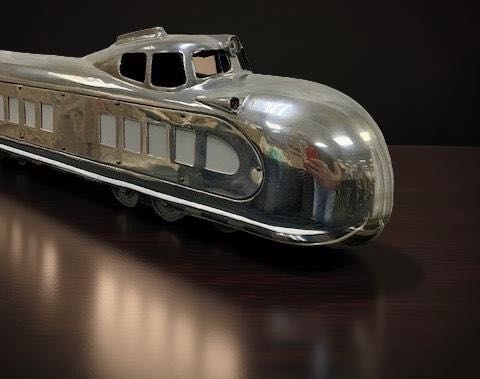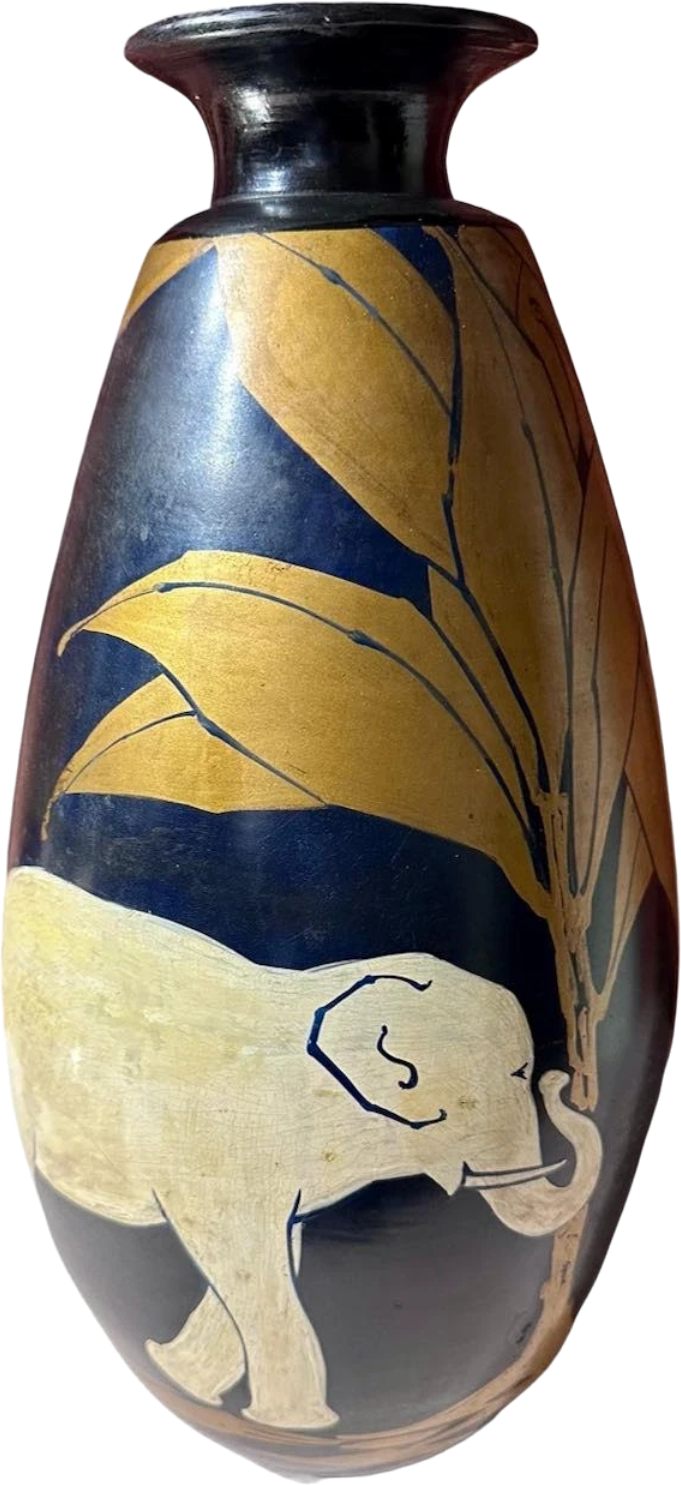Art & Statues
Norman Bel Geddes Streamlined Railway Train Model, ca. 1930–33 Art Deco
Norman Bel Geddes Streamlined Railway Train Model, ca. 1930–33
This striking streamline train model embodies one of the most ambitious and futuristic visions of American industrial design in the early 1930s. The form strongly corresponds to Norman Bel Geddes’s “Streamlined Railway Train” (Job 245, 1930–33), a project celebrated for its daring blend of imagination and forward-looking engineering.
The profile is pure aerodynamic elegance: a bullet-shaped nose with wrap-around windshield and central headlamp, a continuous ribbon of low-set windows, and smooth aluminum-like casing. Even the inter-car articulation echoes Bel Geddes’s telescoping bellows system, devised to eliminate drag and enhance stability. These hallmark features, documented in his renderings and models of the period, resonate powerfully in the example offered here.
Fist published in 1932
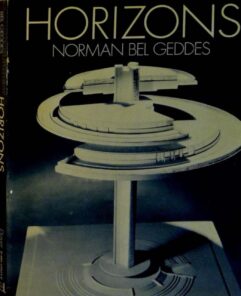
Although never built, Bel Geddes’s train concept gained renown through presentations, exhibitions, and publication in his 1932 book Horizons. This model captures the essence of that vision, serving as a tangible link to a design that symbolized modern speed, safety, and passenger luxury in the streamlined age.

The train model presented here today is far more than a decorative object: it is a rare opportunity to acquire a model tied to one of the great unbuilt icons of 20th-century transportation design. For collectors and institutions alike, it represents the optimism, ambition, and artistry of America’s machine-age imagination.
Few surviving models capture the pioneering spirit of streamlining as vividly as this one. Its form, materials, and aerodynamic detailing align closely with Norman Bel Geddes’s railway design of the early 1930s. A rare piece for serious collectors of design history.
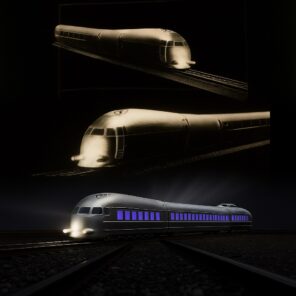
The aerodynamic bullet nose, wrap-around windshield, continuous low-set windows, and smooth aluminum-like casing all echo features documented in his renderings and presentation models. Even the close articulation between cars reflects Geddes’s telescoping bellows system to reduce drag. New LED lighting has been installed inside this model, illuminating the intricate window details and highlighting the way the light was originally intended to reflect the designer’s vision.
Archival materials at the Harry Ransom Center, University of Texas at Austin include original drawings, photographs, and negatives of the Job 245 train model, as well as a published plate in Geddes’s 1932 book Horizons. These provide strong reference points that reinforce the attribution and highlight the significance of the design.
A stylistically related sketch of a streamlined bus, showcasing Geddes’s evolving design language across transportation modes.
